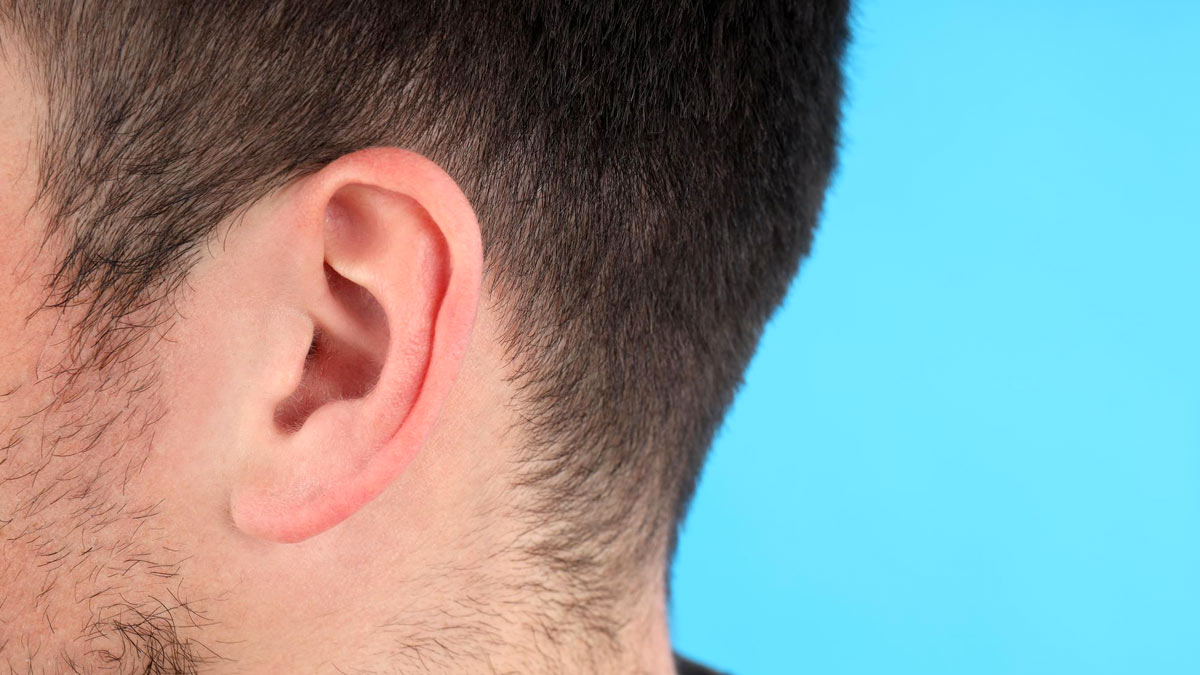
Recently Varun Dhawan revealed that he suffers from Vestibular Hypofunction. On Monday, the actor took to Twitter to inform his fans about his health. Dhawan tweeted that he had been doing much better with the help of yoga, swimming, physio, and a change in lifestyle. The OnlyMyHealth editorial team talked to Dr Deepak Murty, ENT Consultant at Manipal Hospitals, Goa, to learn more about the disease, its symptoms and its treatment.
Table of Content:-
What is Vestibular Hypofunction?
This is a condition that affects the balance of the body. The inner ear causes an imbalance problem. The inner ear is a system of bone, cartilage, and a network of semicircular canals. These semicircular canals are filled with liquid. The flow pattern of fluid changes with movement. The ear’s sensor directs the brain about these movements. The brain, thus, reacts and provides balance. It is when this sensor fails, the imbalance problems begin.
What Causes Vestibular Hypofunction?
The clinical reasons for vestibular hypofunction include labyrinthitis or vestibular neuritis, previous inner ear conditions, and changes in the balance systems associated with ageing. Additionally, some medications related to other body conditions, blood clots or tumours, concussion or head injury are responsible for vestibular dysfunction.
Also read: 5 Expert Tips To Prevent Ear Infection

Who is at More Risk?
This condition is prevalent in people of age 30 to 50 years. Vestibular dysfunction is a significant condition in the old, as age is directly proportional to the presence of multiple associated neurological symptoms. These include hearing loss, dizziness, tinnitus, gait disturbances, and occasional falls, among others.
Vestibular hypofunction can also affect youngsters. The exact cause is not always known, but stress, trauma, and some salt disturbances are postulated to its cause. Although this is not a dangerous disorder, its incapacitating effect can interfere with activities on a day-to-day basis.
Symptoms of Vestibular Hypofunction
The common symptoms of a vestibular balance disorder include:
- Dizziness
- Feeling off-balance
- Experiencing a feeling of floating or disorientation.
- While less common symptoms include:
- Nausea
- Diarrhoea
- Vomiting
- Anxiety
- Fear
- Changes in your heart’s rhythm
These symptoms may vary on the condition and the severity of the disease.
Also read: Ear Infection: Types, Symptoms, Causes, Treatment and Prevention Tips
Treatment of Vestibular Hypofunction
The form of treatment prescribed for the vestibular disorder may depend upon the symptoms, medical history and general health, a physical examination by a qualified doctor, and diagnostic test results. In addition to other treatments taken for any underlying disease contribution to this balance disorder, Vestibular Rehabilitation Therapy (VRT) can be another option.
What is Vestibular Rehabilitation Therapy?
VRT is a specialised form of exercise-based therapy, which is designed to alleviate both primary as well as secondary symptoms of vestibular disorders. The therapy uses a specific form of exercises of the head, body, and eye. The choice of these exercises varies from person to person. These exercises are designed to retrain the brain, helping to recognise and process signals from the vestibular system and coordinate them with information from vision.
Image Credit: freepik
Also watch this video
How we keep this article up to date:
We work with experts and keep a close eye on the latest in health and wellness. Whenever there is a new research or helpful information, we update our articles with accurate and useful advice.
Current Version